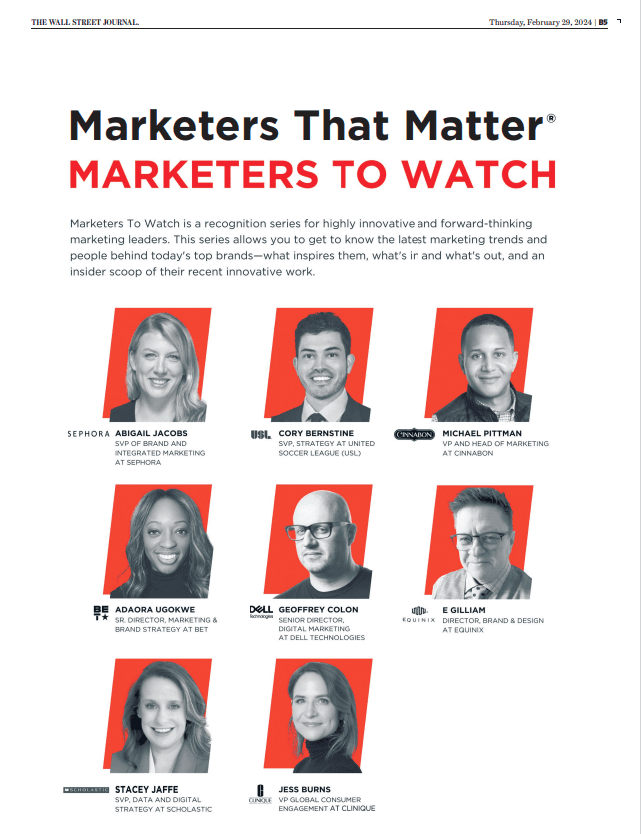Cathy Hackl is the Chief Metaverse Officer of the Futures Intelligence Group. She is a premier Web3 and Metaverse strategist, investor, and author. Cathy is a sought-after media personality who speaks about the newest technologies impacting companies and consumers alike. Her area of expertise ranges from non-fungible tokens (NFTs) to gaming and all things virtual. Cathy helps us take the mystery out of the Metaverse, the role of NFTs in the virtual environment, and other critical issues to consider in virtual spaces.
How did you get the title of ‘Godmother of the Metaverse’?
To clarify, I did not name myself Godmother. My friend Andrew Schwartz from Nike’s Metaverse team gave it to me. I’ve been in Metaverse-related industries for almost eight years now, and this is a long time in metaversetime.
What is the Metaverse?
Well, there is no agreed-upon definition yet, but most would agree it is the successor state to today’s mobile Internet. It is about virtual shared experiences that happen, both in virtual spaces, but also in the physical world. It happens when we seamlessly connect the virtual and the physical.
It’s enabled by many different technologies, not just virtual reality. It’s not just one single company, but rather it’s built by different companies and many individuals. There is a difference between Web3 and the Metaverse. I have seen a lot of people use them interchangeably, and from my perspective, they’re not interchangeable.
At a basic level, Web 1.0 connected information that gave us the Internet, which was the “brand dot com times.” That evolved into Web 2.0, which connected people and gave us social media. And social media gave us a sharing economy and e-commerce, or the brand times.
And now we’re heading into Web3, which connects people, spaces, and assets. Sometimes those things will be in virtual environments, and sometimes in the physical world.
Web 3 and the Metaverse are intrinsically connected but not interchangeable. Web 3 is how these people, spaces, and assets will be connected in the future of the internet. The Metaverse is how we will experience the future of the internet.
What are the distinct types of virtual reality worlds?
When you talk about the virtual world, there are centralized worlds and decentralized worlds. There are centralized ones like Roblox and Fortnite. The decentralized ones are on the Blockchain, for example, Decentraland or The Sandbox. We build experiences for many brands and organizations in these worlds, but we also use them ourselves.
At the Futures Intelligence Group, we have offices in both centralized and decentralized virtual worlds. From a recruiting standpoint, we are using these virtual worlds because that is where that talent lives. If I am hiring someone to develop in Roblox, I need to be able to talk to them in that space. It’s about connecting with your audiences, but also potentially connecting with talent in these spaces.
What is a Profile Picture Project(PFP)?
The PFP is a Profile Picture Project. A Clone X, for example, is a PFP. You use it as your profile picture, and it signals you are part of a community. For some it signals a bit of a flex, you are not buying so much the .jpeg but the smart contract behind it, the computer program behind it.
A friend of mine is a solidity developer, those are people that develop on Ethereum. He opened a smart contract and walked me through all the lines of code, and it was an “A-ha” moment for me where I thought, “Wow, this was incredibly interesting and complex.”
For legal departments, it is an interesting animal within any organization. When you open a smart contract in front of them, they quickly realize this is not the type of contract they know how to read or approve. It’s highly technical and many things can be done with it. You can include unlockable content or burn an NFT, meaning you can take that computer program and turn it into something else.
Can you talk about the best forms of utility?
I think the word utility is starting to become overused, but to me, utility is critical when you launch an NFT project. This is a long-term commitment, not a one-off marketing activation, so that is incredibly important. When you are creating your roadmap, you are thinking, what is the true utility here? It must mean something for the long-term.
For example, the RTFKT team has a roadmap they use to engage with the community, and they use it to develop a long-term relationship with a new brand, a Web3 brand.
Utility means asking how useful it is beyond just owning the smart computer program that is behind the digital asset. Does it unlock the membership? Does it unlock a special virtual event or physical event? Do I get you something Airdropped? There are many different things that can be unlocked that are tied to the utility but, at the end of the day, it is about the long-term commitment of how you are going to reward those communities and keep them engaged.
Ask why is it useful? The utility ties directly into how something is valued. What is the value that I assign to this? For example, a Warhol painting was not initially considered valuable, which is not the case now.
The virtual asset is tied to the benefits it provides me and the value I assign to those benefits and the community that is part of the project. Ask how this is useful to my community, audience, and fans. For any brand out there, when you think about utility, think about the future of fandom. For the people that love your brand, there is something in there for them. You must create long-term relationships to collaborate and build something together, so utility can mean many different things, but to me, it is about engaging your fan, the person that loves your brand in the long-term.
Marketers That Matter® is a community of top marketing executives coming together to pioneer the future of marketing, sharing real-time experiences, and solving current challenges.
Our parent company, 24 Seven, specializes in helping you find exceptional marketing and creative talent for your teams.


